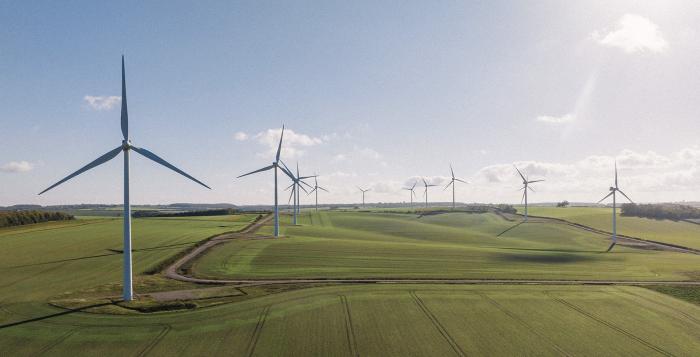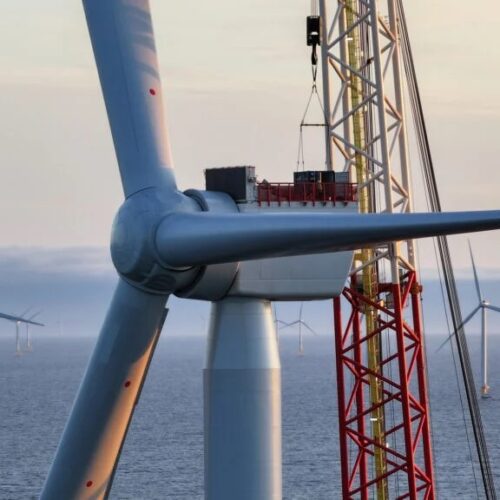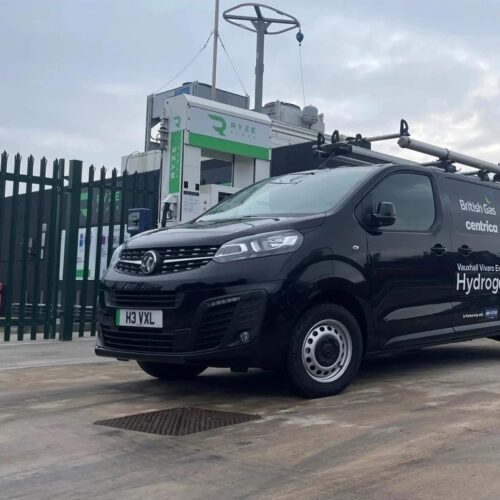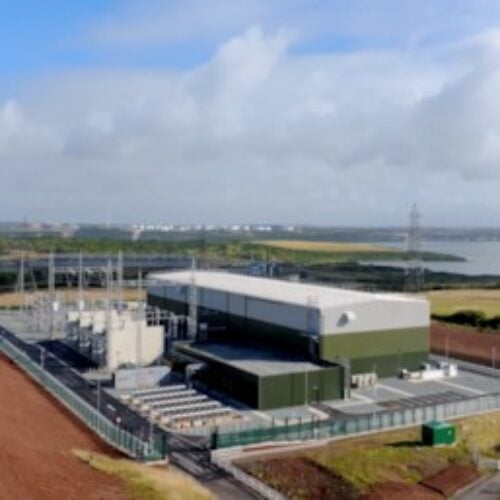The National Energy System Operator (NESO) has revealed it is preparing for the lowest-ever national electricity demand in summer 2025.
The organisation’s 2025 Summer Outlook, released today (16 April), details that the summer peak demand forecast is expected to reach 29.7GW, 0.6GW lower than the previous year and 0.2GW lower than 2023’s peak.
The minimum available weekday generation is expected to be around 34.9GW, occurring in July. NESO’s modelling suggests peak demand will fall between 27GW and 31.3GW on this day.
Consequently, NESO is confident that ample supply will satisfy demand and the country’s reserve requirements throughout this summer. NESO also anticipates being able to facilitate exports to interconnected countries if necessary and will maintain close collaboration and coordinated support with its neighbouring transmission system operators (TSOs).
With NESO bracing for record low power usage, battery energy storage systems (BESS) could play a vital role in providing the grid with flexibility. This is likely to be within-day flexibility through regular cycling and system services, such as fast-acting frequency response.
Should a low-demand event occur in GB this year, NESO said it is equipped to deal with it. This includes measures such as Negative Reserve Active Power Margin (NRAPM) notices, which call on generators to turn down their output to maintain grid stability.
This could lead to curtailment, which has plagued the GB grid in recent years as variable renewable energy generation increases. On 18 December 2024, when wind generation achieved a record for output, Robin Hawkes, responsible for data visualisation at Octopus Energy, shared that ‘wasted’ wind had cost Britain “well over” £6 million by 8:30am.
The report also outlines that the nation will rely heavily on imported electricity this summer, much like last year. This is due to high forecast generation availability in continental Europe, which has led to lower wholesale prices in key interconnected markets.
NESO said these price disparities are evident in interconnector capacity auctions, where import capacity pricing is significantly higher than export capacity. The increase in renewable energy generation in continental Europe indicates the possibility of oversupply during solar peak hours in key interconnected markets.
However, thanks to an anticipated operational surplus this summer, the system is expected to have spare capacity. As such, NESO believes it will be well-equipped to deal with potential uncertainties over interconnector imports and exports.






